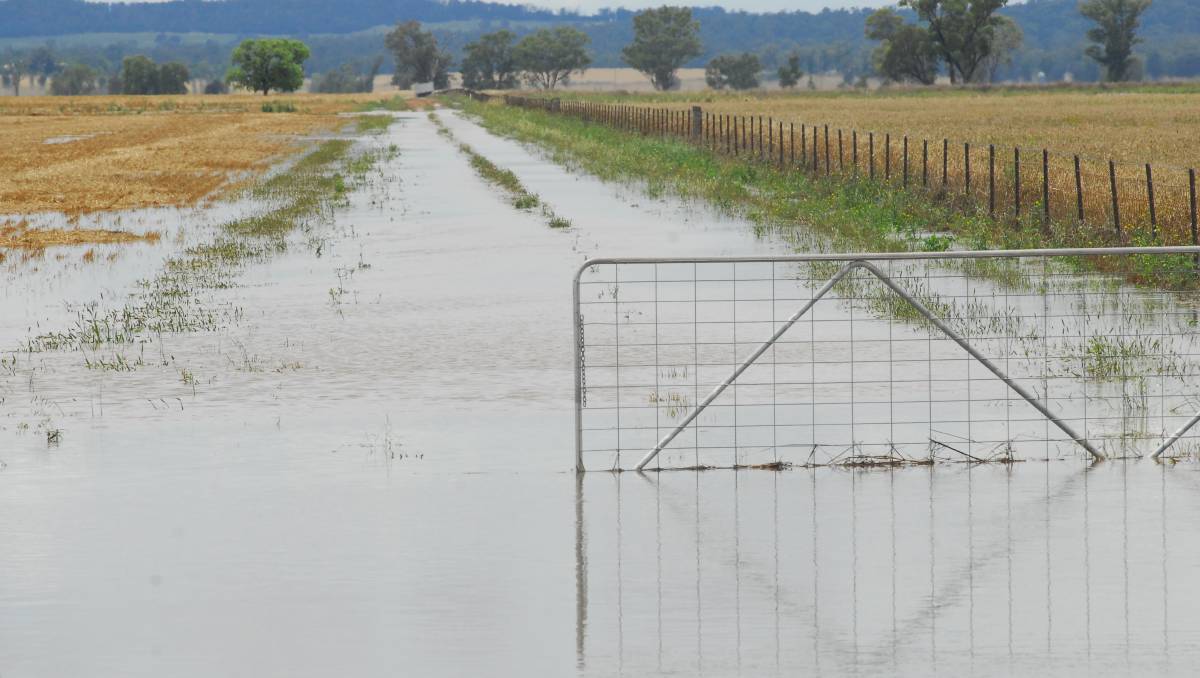



Article by: Hari Yellina
NSW has almost recovered from two years of drought, but farmers’ problems are far from over as they try to recover from a series of calamities in recent years. Long periods of rain have lifted NSW out of drought, but farmers aren’t celebrating yet. More than two years ago, the whole state of NSW was classified drought-stricken, with no lasting relief until the La Nina weather trend struck this summer, raising the chances of above-average rainfall. At the start of the year, the NSW coast was drenched, resulting in Sydney’s wettest summer ever as dams flooded and rivers breached their banks, shattering levees and causing severe flooding.
As a result, the Department of Primary Industries states that nearly the whole state is now “drought-free.” Several portions of western NSW were remained under drought warnings as late as March. Only one parish, Cal Lal in Wentworth Shire, on the border of South Australia and Victoria, is still considered drought-affected. Acting president of the NSW Farmers Association, Xavier Martin, says the end of the drought is welcome news, but it does not mean farmers’ troubles are resolved. He told AAP, “It doesn’t mean prosperity; it just means opportunity.” While some farmers in the state’s eastern regions may believe the drought is gone, western NSW has been dried for years.
Mr Martin explained, “The truth for some farmers is that they’re merely getting the chance to get moisture back in the soil, which by no means leads in instant cashflow.” “They still have to recover from the economic damage that occurred over the landscape due to drought, fire, mouse plague, and flooding – billions of dollars have been lost in the agriculture economy.” Farmers did not have much time to recuperate after going from peak drought to peak wet in such a short period of time. “While we should be confident that better days are approaching,” Mr Martin added, “the reality for some remains incredibly difficult.” Now that the drought has ended, it’s time to apply what we’ve learned and prepare for the next big dry spell.
“It’s time to discuss the merits of certain answers, we’ll have to be cautious to ensure we’re in a better position,” he said. La Nina is still present in the tropical Pacific, according to the Bureau of Meteorology, with little change in strength in recent weeks. The majority of climate models evaluated by the BOM predict a neutral El Nino-Southern Oscillation by winter, with no impact on rainfall patterns.